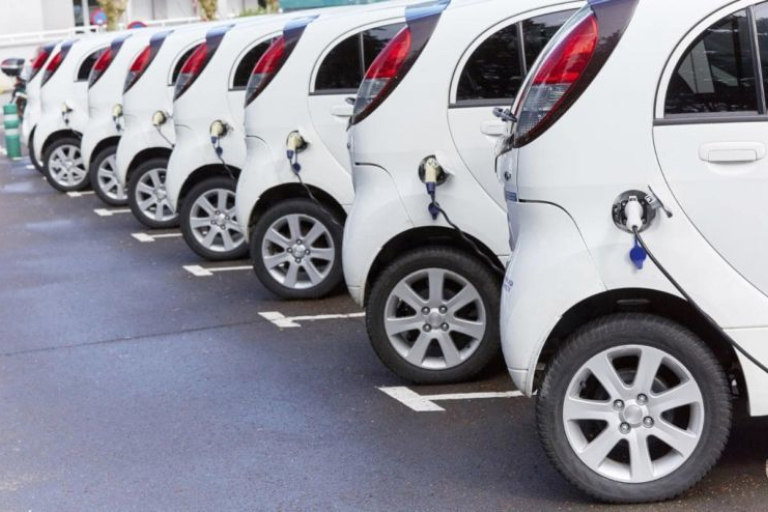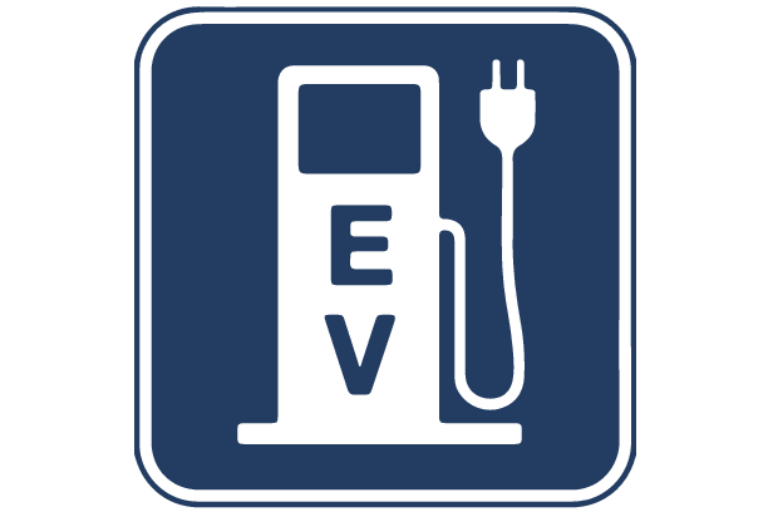With the advent of more diverse, reliable, and lower cost electric models, purchasing electric vehicles has become a feasible and advantageous option for local governments and residents. Electric vehicles are the future of the automobile industry. They are more efficient and require less maintenance than traditional models, and they present a great opportunity for local governments to save public dollars while reducing air pollution.
Electric vehicles in your community
In the Midwest in 2019, there are more than 20 models of electric vehicles available for purchase, and new models are being introduced to the market including light-duty vehicles, garbage trucks, school buses, and street sweepers. With a median range of 73 miles per charge, electric vehicles are well suited to fit the varying needs of local governments and commuters. Improvements in battery storage and quick-charging technology, as well as country-wide investment in charging infrastructure, have made electric vehicles more effective and accessible than ever
Cities, towns and counties can spearhead the transition to a low-carbon, no tailpipe transportation sector by adopting electric fleets and improving access to vehicle charging infrastructure. Reducing emissions from the transportation sector is an essential part of mitigating climate change and improving air quality.
The benefits of electric vehicles
Reduced costs— Electric vehicles require less maintenance and are more efficient than internal combustion vehicles, leading to lower maintenance and fuel costs for local governments. Electricity prices are more stable than volatile gas prices, and fuel costs for electric vehicles are between one-half and one-fourth of the costs of conventional automobiles.
Public health— Electric vehicles do not produce tailpipe pollutants, leading to reduced air pollution and improved public health.
Lower carbon— Electric vehicles are more energy-efficient, producing fewer greenhouse gas emissions. If electric vehicles are charged using renewable technologies, they can achieve carbon neutrality.
Tools and resources for electric vehicles
Cost Assessment— The DOE offers the Vehicle Cost Calculator to assess the affordability of electric vehicles.
Federal Incentives— The DOT and DOE published the Guide to Federal Funding, Financing, and Technical Assistance for Plug-in Electric Vehicles and Charging Stations.
Procurement Assistance— EV Smart Fleets is developing a multi-state procurement program to make electric vehicles more affordable for local governments. Additionally, the Electric Vehicle Procurement Best Practices Guide provides information about affordable and feasible procurement options for public fleets.
What about non-renewable electricity production?

If your local power company is heavily dependent on fossil fuels for energy production, then charging electric vehicles will still produce air pollution in areas near the power plant. Electric vehicles are still better, however, because they can be up to twice as efficient as conventional vehicles. Further, electric vehicles do not produce pollution at the street-level, meaning ambient air quality, and public health will substantially improve with the expanded use of electric automobiles.
How to support electric vehicles in your community

Beyond purchasing electric vehicles for municipal and county fleets, local governments can use incentives and policies to increase access to charging infrastructure. The DOE offers a search tool to find federal, state and local examples of incentives and laws used to encourage electric vehicle adoption and infrastructure development.
Communities can prepare for plug-in charging development by using the DOE’s PEV Readiness Scorecard tool. The EVI-Pro Lite tool can estimate the quantity and type of charging stations needed to support regional adoption of electric vehicles. For more information about public charging stations, visit the DOE’s Alternative Fuels Data Center.


